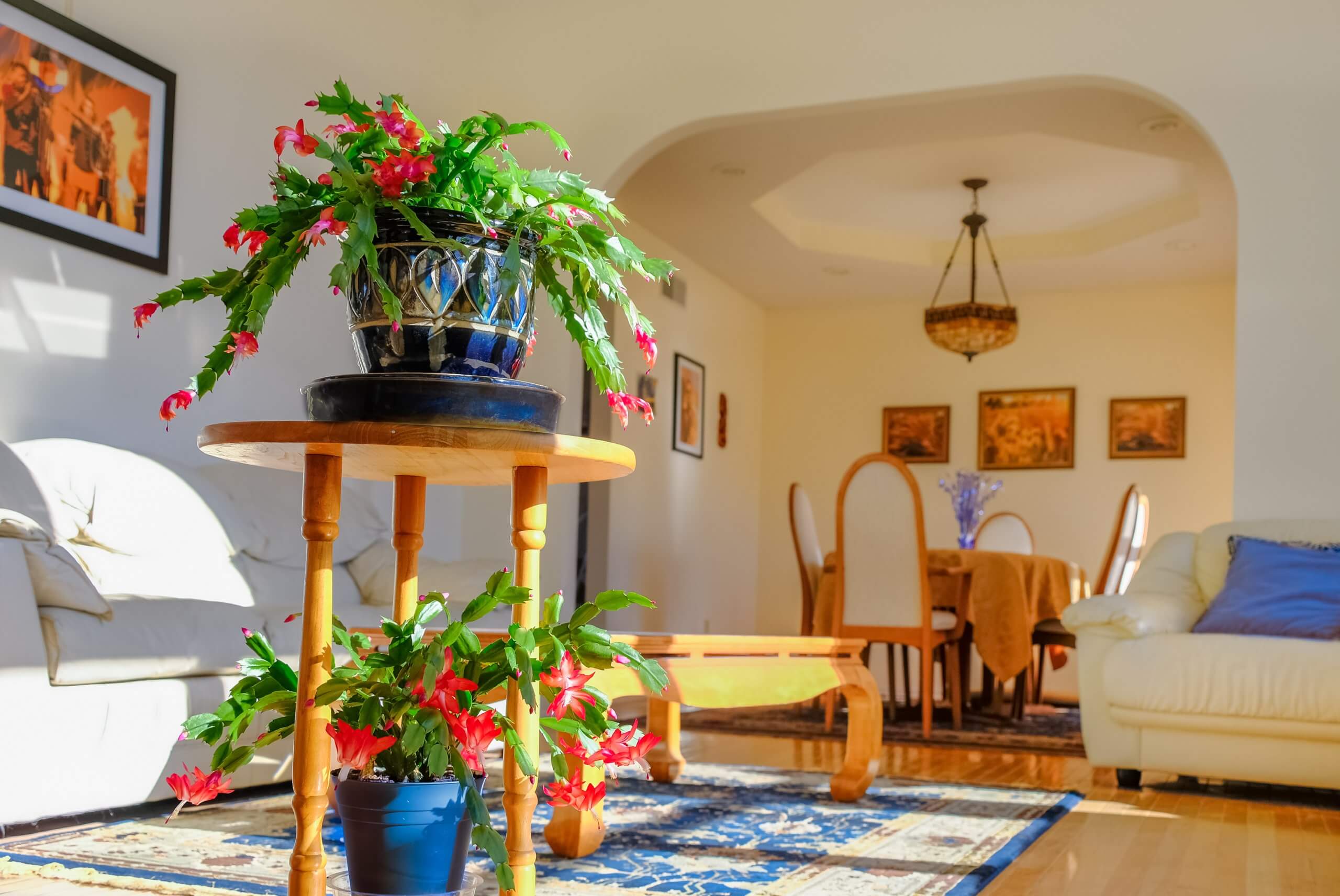Table Of Content
- Everyday activities like cooking, washing, and showering can contribute to humidity levels.
- Your Home's Humidity Levels Matter
- 5 Ways to Identify Water Damage vs. Mold (and What to Do Next)
- What’s my home’s humidity level – and why does it matter?
- Solved! These Are the 8 Telltale Signs of Mold in the House
- How Can You Lower Your Home’s Humidity Levels? (4 Tips)

Removing the opportunity for cold air to seep in fromoutside will minimize the opportunity for moisture to form around your home. If a family member suffers from dry nasal passages, sinusitis, or skin irritations, all of which can be aggravated by low humidity, a humidifier can help alleviate symptoms. A portable humidifier, such as Pure Enrichment’s Mist Aire Ultrasonic Cool Mist Humidifier, will introduce soothing moisture to the air and reduce health issues as well as annoying static electricity. This type of humidifier is a great option for bedrooms, living rooms, and nurseries.
Everyday activities like cooking, washing, and showering can contribute to humidity levels.
How to check for humidity in the house - Ideal Home
How to check for humidity in the house.
Posted: Thu, 23 Jun 2022 07:00:00 GMT [source]
Often referred to as ERVs, these fresh-air exchange systems manage the transfer of heat and moisture between incoming and outgoing airstreams. That helps maintain optimal humidity levels throughout the year, while also improving indoor air quality. Install proper insulation to help maintain optimal humidity levels in an energy-efficient way. “Ensure your air conditioning unit is properly serviced, as it naturally removes moisture from the air as part of the cooling process,” Mitchell says.

Your Home's Humidity Levels Matter
This is why it’s important to find an experienced IAQ expert who can help determine the problem and advise on the best system for your home. If the humidity in your house is too high, consider using a whole-home dehumidifier. In some cats and dogs, he says, low humidity can lead to dry skin, which can create dander—and in some cases, mild itchiness. By understanding what causes the humidity imbalance in your home, you can recognize signs of both low and high indoor humidity and implement steps to mitigate the problem. Sometimes, buying a humidifier or dehumidifier doesn't solve the problem for various reasons.
5 Ways to Identify Water Damage vs. Mold (and What to Do Next)
As the moisture level in the air increases, you may begin to feel hot and sticky. An increase in moisture levels can also affect certain health conditions, like asthma and allergies, making it difficult to breathe. Central heating uses forced air to blow warmth to therooms of your house, increasing evaporation and drying the air out quickly.Radiant heat uses the objects of a room to heat a space. Switching to a radiantheat solution could dramatically improve the humidity of a room, even in thedriest of months. Too much humidity can negatively impact your comfort, home, possessions and health. When the air around you has too much humidity, your body can’t regulate its internal temperature through the process of evaporation.
“Moist air takes much more energy to heat than dry air, so it’s worth aiming for a humidity of approximately 40-60% inside the property," says architect Paul Testa of HEM Architects. Additionally, even if an HVAC or AC unit is the proper size, it can contribute to high humidity if it is not functioning properly. You might have a rough idea that humidity is the amount of water in the air, and you’d technically be correct! To understand what humidity is, we need to talk about the difference between relative humidity and absolute humidity. Belongings made of natural materials such as wood and leather can be harmed by low humidity. Excessive dryness can shrink wood floorboards, creating gaps and making them creak.

Not only can high humidity levels influence our homes and health, but overly low humidity levels are now known to help the spread of infection. It is estimated that globally 10 to 20%1 of homes are affected by some measure of dampness, so we at Airthings have compiled expert advice for everything you want to know about the humidity in your home. Once you’ve got an idea about the levels of humidity in your home you can start taking steps to keep it in balance. Opening windows for airflow, keeping the heating at a lower temperature, and putting plants around the house are all practical options to help maintain the best humidity for house. In addition to making some practical changes, a humidifier like the 2-in-1 Air Purifier and Humidifier Series 3000i is a great tool for keeping a good level of humidity in your home.
Ensure these areas are adequately insulated andweatherproofed as they are common sites for humidity problems beginning. Youcan measure the humidity inside your home by using a hygrometer, which is arelatively inexpensive device available at most home or hardware stores. Whenthe maximum amount of humidity in the air is reached, it is called the dewpoint.
It fluctuates based on the room, your activities, and the season. Humidity levels impact your everyday life by affecting your health, your sleep, and your home’s structural integrity. The U.S. Environmental Protection Agency agrees indoor relative humidity should be below 60% and between 30% and 50% ideally, but achieving this may be tricky. We’ll cover the signs of low and high indoor humidity, why these levels can be dangerous, and how to achieve an ideal indoor relative humidity. Humidity is one component of a wider consideration that makes up the quality of your indoor air. As society spends more and more time indoors, the importance of the air you breathe in is rising.
Managing Humidity for Asthma Relief at Home
Humidity levels that are too high or low can be detrimental to your health and home. If high humidity is a constant problem, then investing in a whole-home dehumidifier is the most sure-fire method for fixing the issue. However, before installing a new whole-hole dehumidifier, there are a few other ways to decrease humidity levels in the home.
Suboptimal humidity levels in your home could be causing frequent colds, nosebleeds, and poor sleep hygiene.“Low humidity can cause dry skin, irritate respiratory tracts, and lead to static electricity. Installing a whole-house dehumidifier is the best way to remove excess humidity from your indoor air. Unlike whole-home humidifiers that add moisture to the air, whole-house dehumidifiers use the refrigerant cycle to remove humidity and drain it outside your home. Typically integrated with your home’s HVAC system, you can install many common models in stand-alone applications for installation versatility.
The humidity level in your home should stay between 30 percent to 50 percent, says Richard Ciresi, the franchise owner with Aire Serv, a Neighborly company. "If your home or any part of it has a humidity reading of over 50 percent, consider installing or running a dehumidifier," he says. "An HVAC technician can take a reading or multiple readings throughout your property to determine what level of humidity is currently present."
High humidity levels over prolonged periods will cause mildew and mold growth and can result in serious health issues. Humid air helps dust mites and allergens thrive and reduces the life of your AC unit filters. Here’s how to combat excessive indoor humidity and maintain ideal levels. Ventilation systems are suitable for high-humidity regions and provide a controlled, filtered, and tempered air exchange between your house and the outdoors.


No comments:
Post a Comment